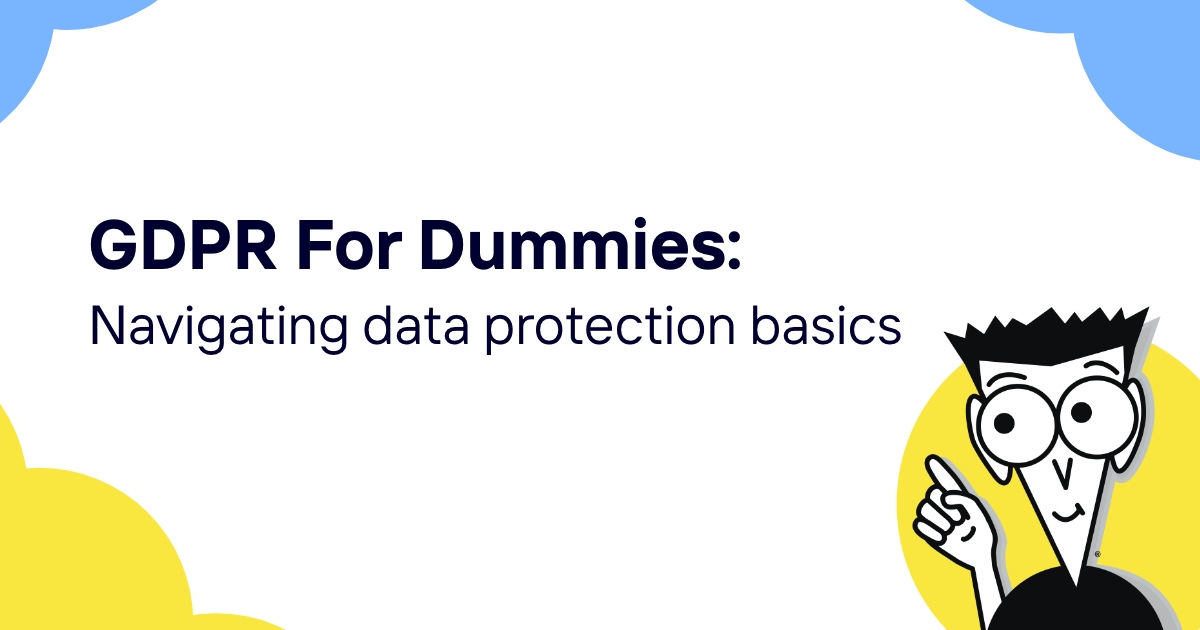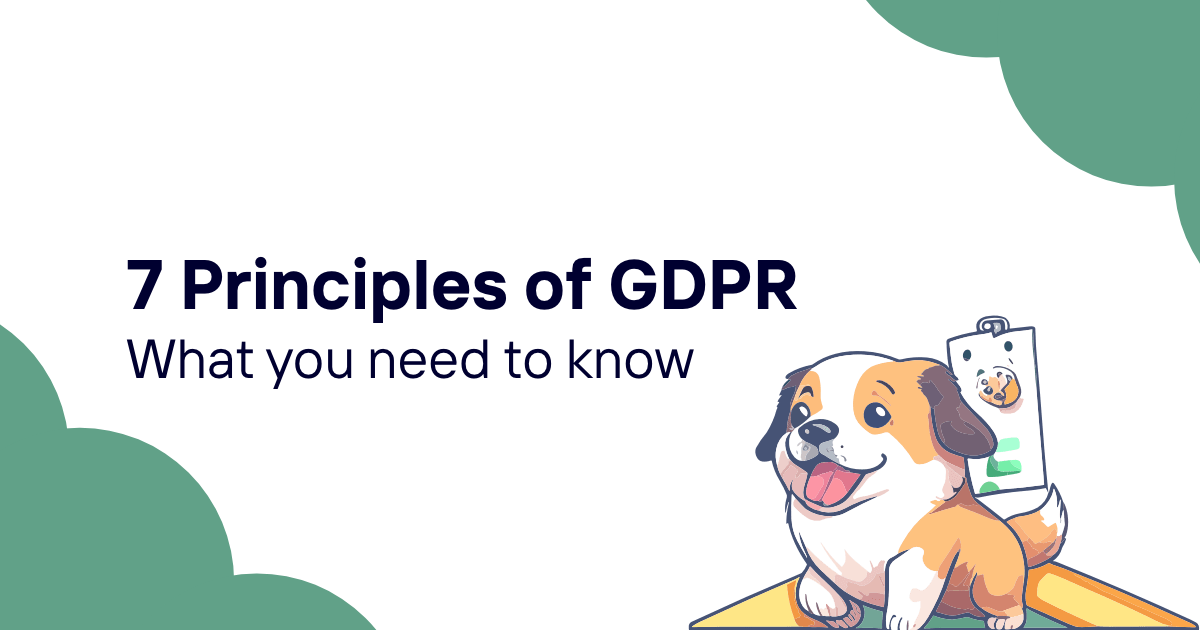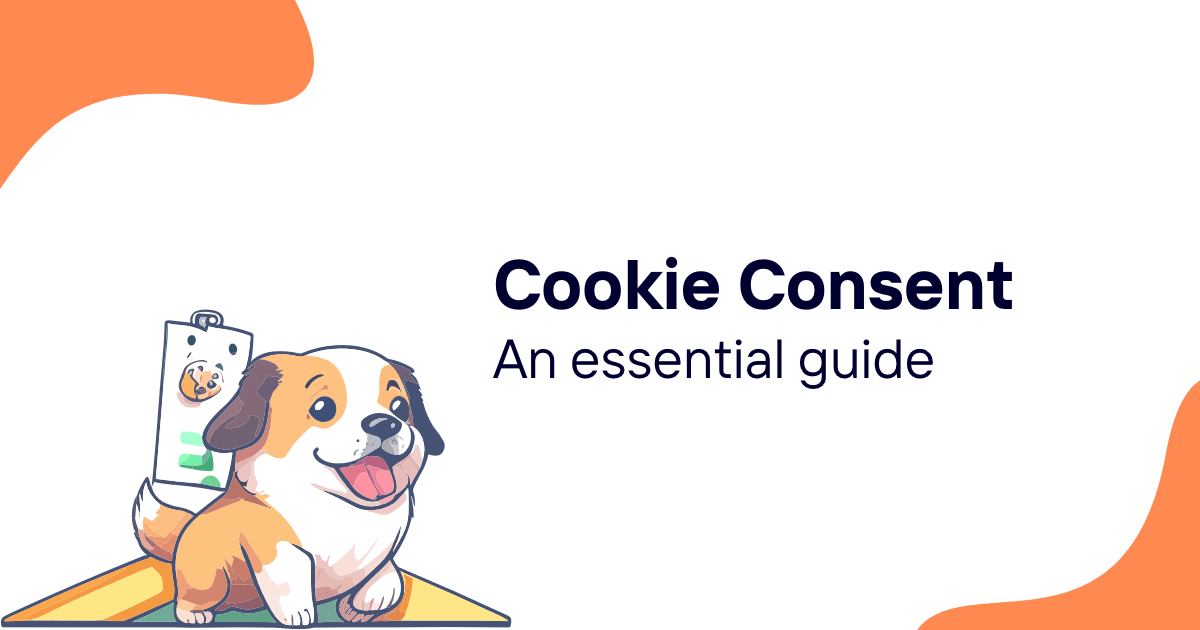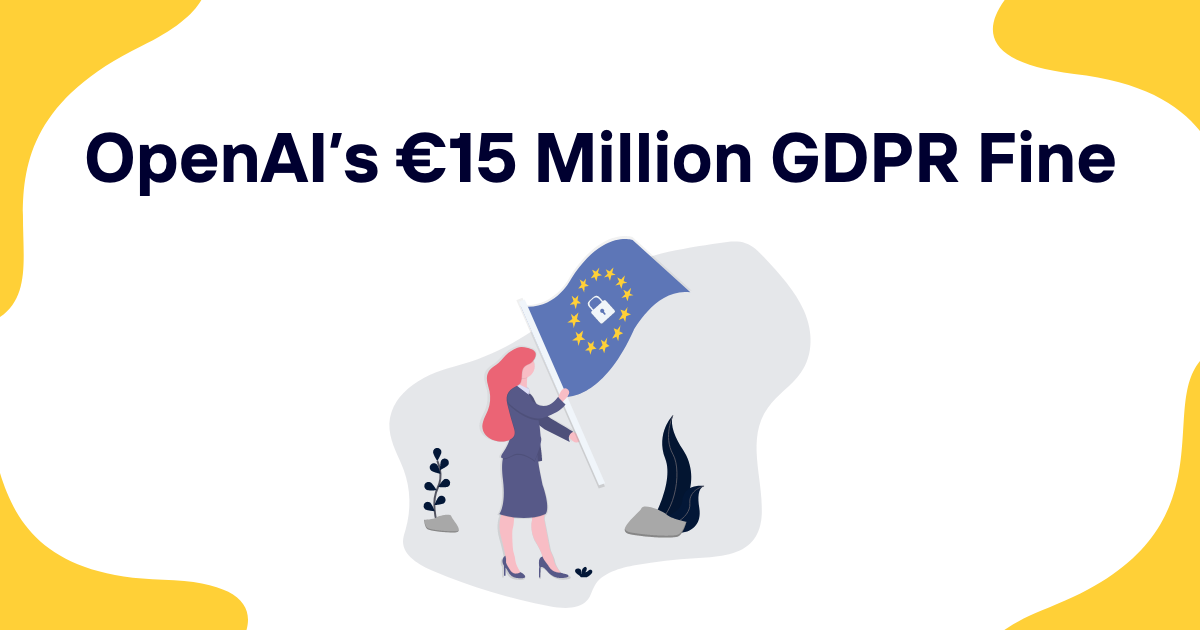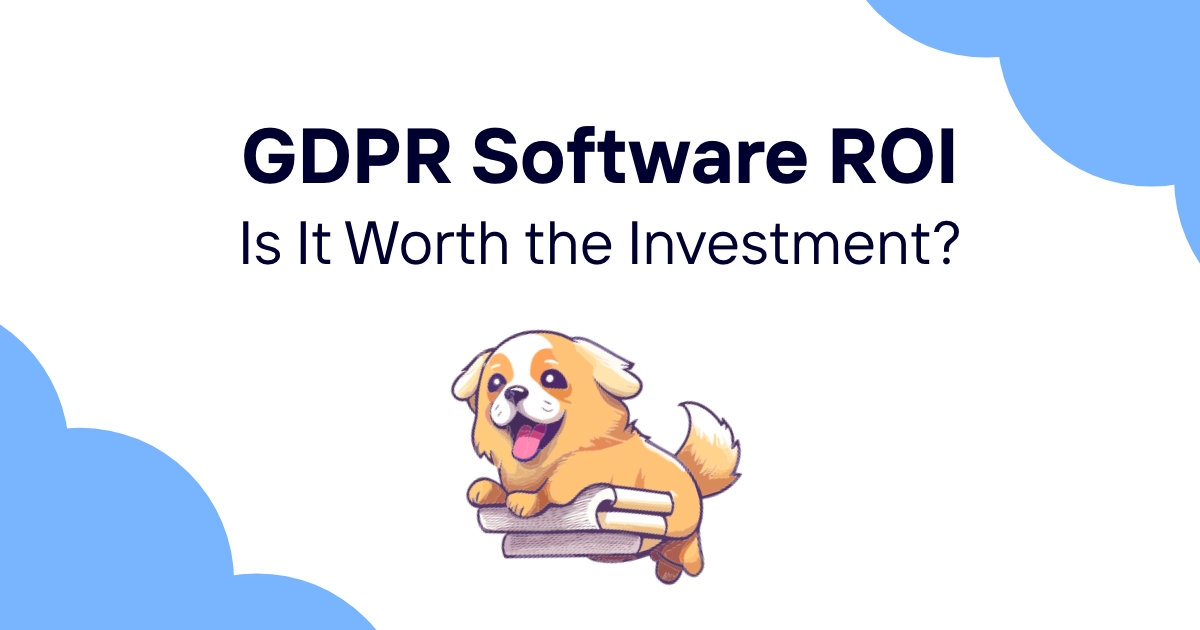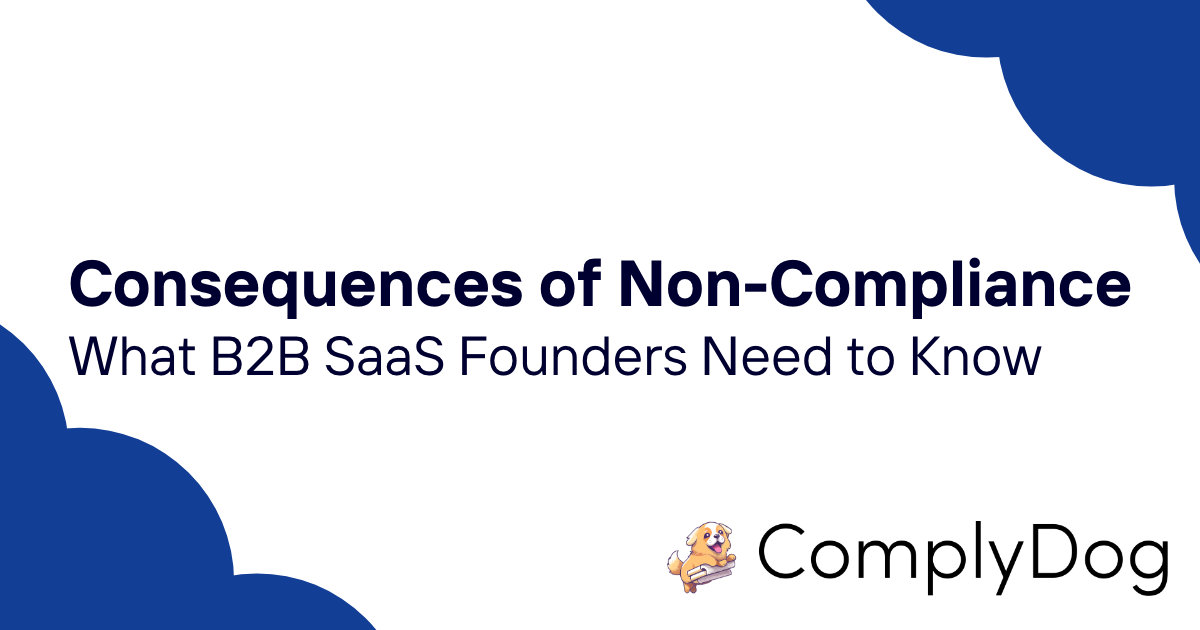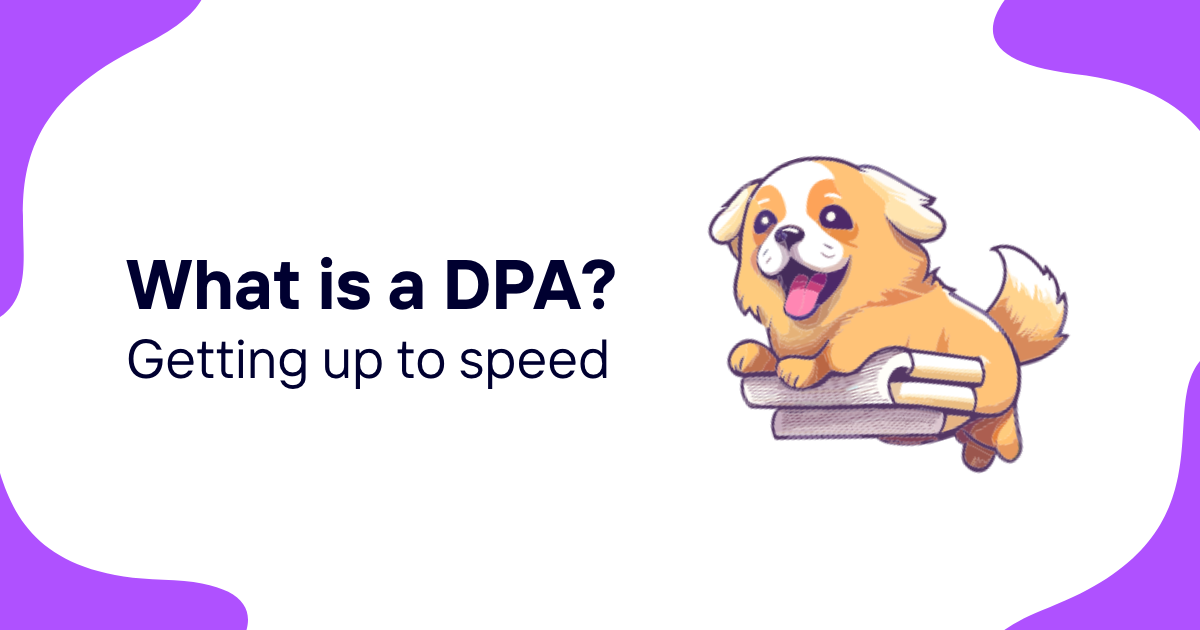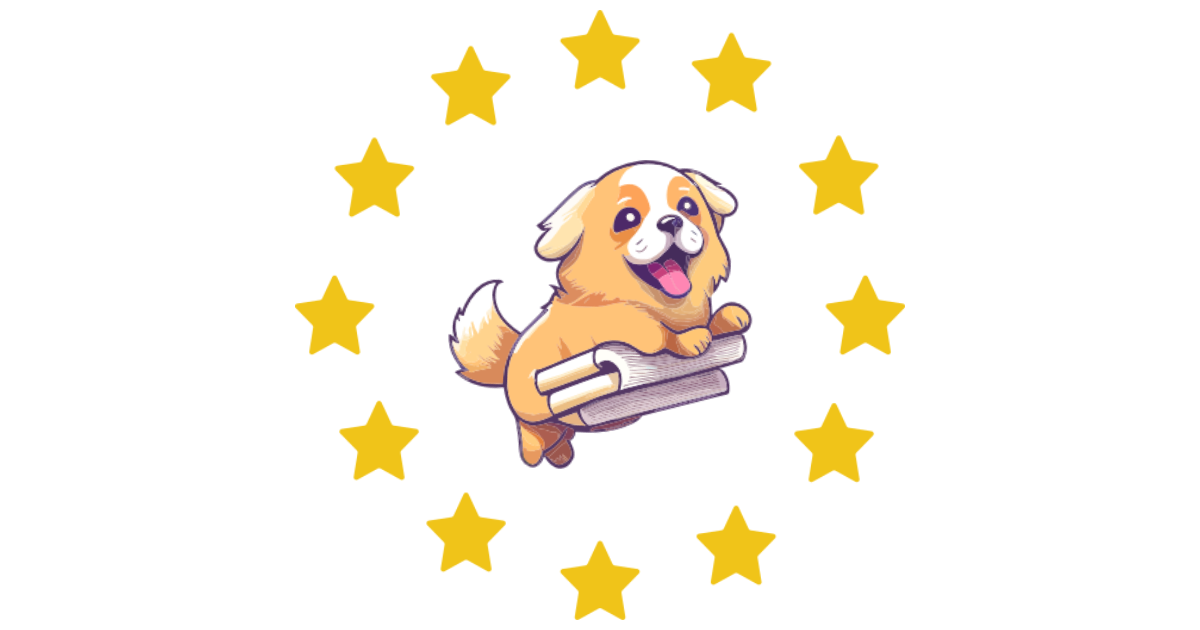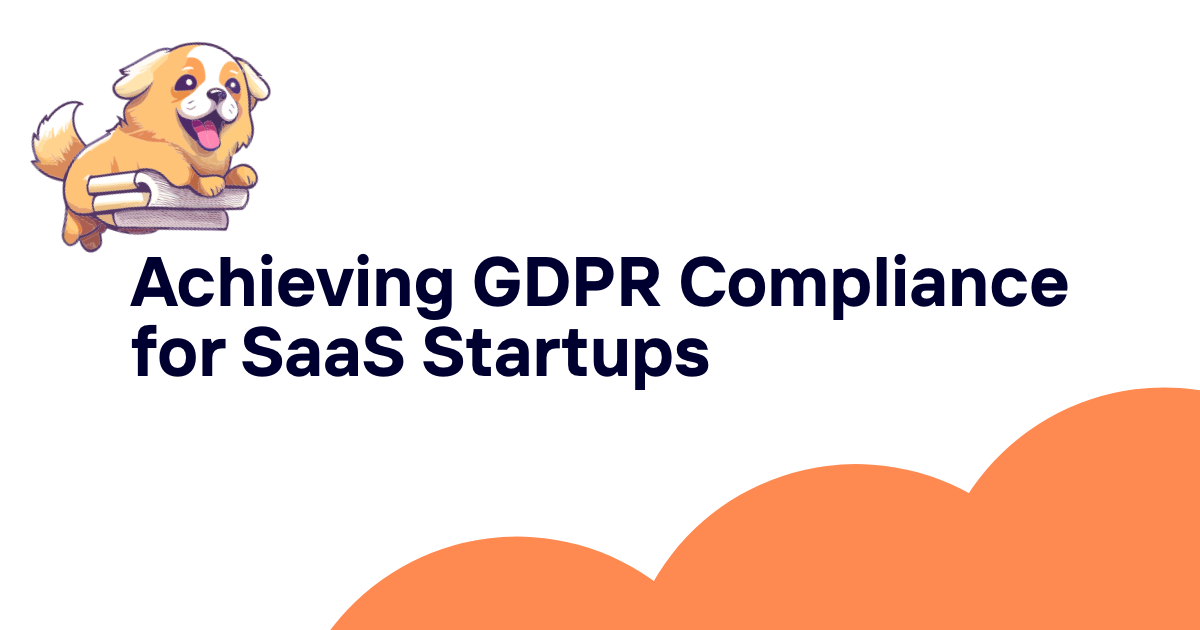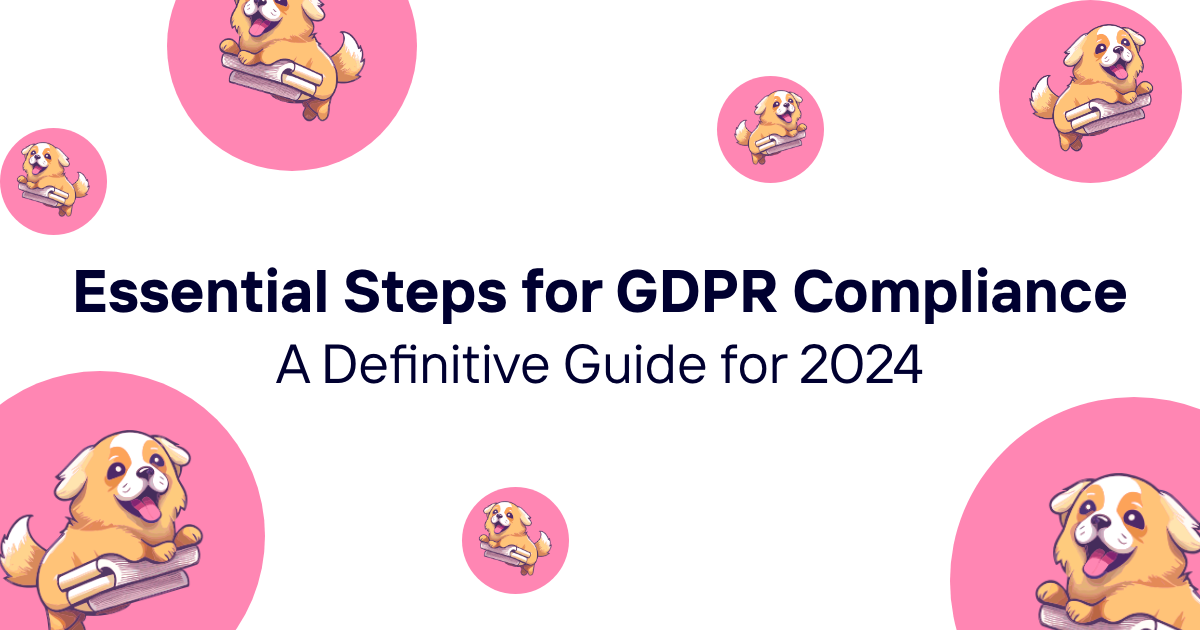Let's face it - the General Data Protection Regulation (GDPR) can seem like a real headache at first glance. Trust me, I've been there. When I first encountered this mammoth piece of EU legislation, my eyes glazed over faster than you can say "data subject rights." But fear not! I'm here to break down the GDPR basics in plain English, sprinkled with a dash of humor and real-world examples.
So grab a coffee (or tea, if that's your thing), get comfy, and let's demystify this beast together. By the end of this article, you'll have a solid grasp of what GDPR is all about and how it affects both businesses and individuals. Who knows, you might even impress your colleagues at the next water cooler chat!
Table of Contents
- What on earth is GDPR?
- Why should I care about GDPR?
- Who does GDPR apply to?
- GDPR's key principles
- Rights of individuals under GDPR
- Obligations for businesses
- Data breaches and reporting
- Penalties for non-compliance
- Practical steps for GDPR compliance
- Common GDPR myths debunked
- GDPR and other privacy laws
- The future of GDPR
- Wrapping up
What on earth is GDPR?
GDPR stands for General Data Protection Regulation. It's a comprehensive data privacy law that came into effect on May 25, 2018. In essence, it's the EU's way of giving individuals more control over their personal data and how it's used by companies.
Now, you might be thinking, "Great, another boring law." But hold your horses! This isn't just some dusty piece of legislation. GDPR has teeth, and it's changing the way businesses handle personal data worldwide.
Think of GDPR as the bodyguard for your personal information. It's there to protect your data from being misused, sold without your knowledge, or left vulnerable to hackers. And let me tell you, in today's digital world where data is the new oil, that's pretty darn important.
Why should I care about GDPR?
You might be wondering why you should give two hoots about GDPR. Well, let me put it this way: if you use the internet (and I'm guessing you do, since you're reading this), GDPR affects you.
For individuals, GDPR is like a superhero cape. It gives you more power over your personal data. You get to decide who can collect your data, what they can do with it, and even ask them to delete it if you want. It's like having a remote control for your digital footprint.
For businesses, GDPR is… well, it's a bit of a challenge, I won't lie. But it's also an opportunity. By complying with GDPR, companies can build trust with their customers, improve their data management practices, and potentially avoid hefty fines. It's like going to the gym for your data practices - it might be tough at first, but you'll be stronger for it in the long run.
Who does GDPR apply to?
Here's where things get a bit tricky. GDPR doesn't just apply to companies based in the EU. Nope, it casts a much wider net than that.
GDPR applies to:
-
Any company processing personal data of EU residents, regardless of where the company is located. So if you're a small business in Timbuktu selling hand-knitted socks to customers in France, yep, GDPR applies to you.
-
Companies that offer goods or services to EU residents (whether paid or free). This includes things like websites that use cookies to track EU visitors.
-
Companies that monitor the behavior of EU residents. This could be through things like online tracking or profiling.
So, in a nutshell, if you're doing business with EU residents or handling their personal data in any way, GDPR is your new best friend. Time to get acquainted!
GDPR's key principles
Alright, let's dive into the meat and potatoes of GDPR - its key principles. These are the foundational ideas that underpin the entire regulation. Think of them as the Ten Commandments of data protection, if you will.
-
Lawfulness, fairness, and transparency: This is fancy talk for "be honest about what you're doing with people's data." No sneaky business allowed!
-
Purpose limitation: You can't collect data just because you feel like it. You need a specific, legitimate reason.
-
Data minimization: Only collect what you need. It's not a data buffet where you can grab everything in sight.
-
Accuracy: Keep the data you have up-to-date and correct. No one likes outdated information floating around about them.
-
Storage limitation: Don't hoard data like your grandma hoards newspapers. If you don't need it anymore, get rid of it.
-
Integrity and confidentiality: Keep that data safe and secure. Treat it like the crown jewels.
-
Accountability: Be ready to show you're following all these principles. It's like being prepared for a pop quiz at any time.
Now, I know what you're thinking. "That's a lot to remember!" And you're right. But these principles are really just common sense when it comes to handling personal data responsibly.
Let me give you an example. Say you run an online bookstore. You collect customers' names and addresses for shipping purposes. That's fine under GDPR, as long as you:
- Tell customers you're collecting this data (transparency)
- Only use it for shipping books (purpose limitation)
- Don't ask for their shoe size or favorite color (data minimization)
- Update their address if they move (accuracy)
- Delete their info if they haven't ordered in years (storage limitation)
- Keep their data safe from hackers (integrity and confidentiality)
- Have processes in place to ensure all of the above (accountability)
See? Not so scary when you break it down, right?
Rights of individuals under GDPR
Now, let's talk about the superpowers GDPR gives to individuals. Because let's face it, before GDPR, most of us had about as much control over our personal data as we do over the weather. But GDPR changed all that. It's like a Bill of Rights for your data.
Here are the key rights GDPR grants to individuals:
-
Right to be informed: Companies have to tell you what they're doing with your data. No more fine print or sneaky data collection.
-
Right of access: You can ask a company what data they have on you, and they have to tell you. It's like being able to peek behind the curtain.
-
Right to rectification: If the data a company has about you is wrong, you can get it corrected. Because who wants their pizza delivered to the wrong address?
-
Right to erasure (aka the "right to be forgotten"): You can ask a company to delete your data. It's like having a digital eraser.
-
Right to restrict processing: You can tell a company to stop using your data in certain ways. It's like putting your data on a leash.
-
Right to data portability: You can ask for your data in a format that's easy to transfer to another service. It's like being able to pack up your data and move house.
-
Right to object: You can say "no" to certain types of data processing, like direct marketing. It's your data's very own veto power.
-
Rights related to automated decision making and profiling: You can opt out of decisions made solely by algorithms if they significantly affect you. Because sometimes, you just need a human touch.
Now, these rights aren't absolute. There are some situations where companies can say no to these requests. But overall, GDPR puts a lot more power in your hands when it comes to your personal data.
I remember when I first learned about these rights, I felt like a kid in a candy store. I went around exercising my right of access to every company I could think of. It was fascinating (and sometimes a bit scary) to see what data they had on me. Give it a try sometime - you might be surprised!
Obligations for businesses
Alright, business owners and data nerds, this section's for you. GDPR isn't just about giving individuals rights - it also puts some pretty hefty obligations on businesses. Don't worry, I'll try to make this as painless as possible.
Here are the main things businesses need to do under GDPR:
-
Obtain consent: Before you collect someone's data, you need to get their explicit consent. And no, pre-ticked boxes don't count. It needs to be as clear as a bell on a quiet morning.
-
Be transparent: You need to tell people what data you're collecting and why. This usually means having a clear, easy-to-understand privacy policy. No more legal mumbo-jumbo that requires a law degree to decipher.
-
Ensure data security: You need to protect the personal data you hold. This might mean encrypting data, limiting who has access to it, or using secure servers. Treat people's data like you'd treat your own family jewels.
-
Report data breaches: If you have a data breach, you need to report it to the authorities within 72 hours. That's three days, folks. Better have your breach response plan ready!
-
Appoint a Data Protection Officer (DPO): Some organizations need to appoint a DPO to oversee GDPR compliance. It's like having a data protection superhero on your team.
-
Conduct Data Protection Impact Assessments (DPIAs): For high-risk data processing activities, you need to conduct a DPIA. It's like a risk assessment, but for data.
-
Practice data minimization: Only collect the data you absolutely need. It's not about hoarding data - it's about being smart with what you collect.
-
Maintain records of processing activities: You need to keep detailed records of how you process personal data. It's like keeping a diary, but for your data practices.
Here's a handy table summarizing these obligations:
| Obligation | What it means |
|---|---|
| Obtain consent | Get clear permission before collecting data |
| Be transparent | Explain what data you're collecting and why |
| Ensure data security | Protect the personal data you hold |
| Report data breaches | Notify authorities within 72 hours of a breach |
| Appoint a DPO | Have someone oversee GDPR compliance |
| Conduct DPIAs | Assess risks for high-risk processing |
| Practice data minimization | Only collect necessary data |
| Maintain records | Keep detailed logs of data processing |
I know it looks like a lot, but many of these practices are just good data hygiene. They can help your business run more efficiently and build trust with your customers. And let's be honest - in today's data-driven world, that trust is worth its weight in gold.
Data breaches and reporting
Ah, data breaches. The stuff of nightmares for any business owner or IT professional. But like it or not, they happen. And when they do, GDPR has some pretty strict rules about how you need to handle them.
First things first: what exactly is a data breach? It's any security incident that leads to the accidental or unlawful destruction, loss, alteration, unauthorized disclosure of, or access to personal data. In simpler terms, if personal data gets into the wrong hands or is messed with in any way it shouldn't be, that's a data breach.
Now, here's what you need to do if you have a data breach:
-
Report to the authorities: You need to report the breach to your supervisory authority within 72 hours of becoming aware of it. That's not a lot of time, folks. You need to be prepared.
-
Notify affected individuals: If the breach is likely to result in a high risk to people's rights and freedoms, you also need to inform the affected individuals without undue delay.
-
Document the breach: You need to document all breaches, even ones you don't have to report. This includes the facts about the breach, its effects, and the actions taken.
What should your breach report include? Here's a quick list:
- The nature of the breach
- The categories and approximate number of individuals affected
- The categories and approximate number of personal data records affected
- The likely consequences of the breach
- The measures taken or proposed to address the breach
- The name and contact details of your Data Protection Officer (if you have one)
I once worked with a company that had a minor data breach. They were so panicked about the 72-hour reporting window that they almost forgot to actually fix the problem! Remember, your first priority should always be to contain and mitigate the breach. Then worry about reporting it.
Penalties for non-compliance
Now, let's talk about the elephant in the room - the penalties for not complying with GDPR. Spoiler alert: they're not small.
GDPR introduced a two-tiered system of fines:
-
Lower level: Up to €10 million or 2% of the company's global annual turnover of the previous year, whichever is higher.
-
Upper level: Up to €20 million or 4% of the company's global annual turnover of the previous year, whichever is higher.
Yes, you read that right. We're talking millions here. It's enough to make any CFO break out in a cold sweat.
But here's the thing - these are maximum fines. They're not handed out willy-nilly for every minor infraction. The authorities take into account factors like:
- The nature, gravity, and duration of the infringement
- Whether it was intentional or negligent
- Any action taken to mitigate the damage
- The degree of cooperation with the supervisory authority
- Previous infringements
- The categories of personal data affected
That said, there have been some eye-watering fines handed out since GDPR came into effect. Here are a few notable examples:
| Company | Fine | Reason |
|---|---|---|
| Amazon | €746 million | Insufficient legal basis for processing personal data |
| €225 million | Lack of transparency about data sharing with Facebook | |
| €50 million | Lack of transparency and valid consent for personalized ads |
Now, I'm not sharing these to scare you. Well, okay, maybe a little. But the point is, GDPR compliance isn't just a nice-to-have. It's a must-have if you want to avoid potentially business-ending fines.
Remember, though, that the goal of GDPR isn't to bankrupt companies. It's to encourage responsible data practices. If you're making a good faith effort to comply, you're already on the right track.
Practical steps for GDPR compliance
Alright, enough with the theory. Let's get down to brass tacks. What can you actually do to comply with GDPR? Here are some practical steps:
-
Audit your data: Take stock of what personal data you collect, where it comes from, where it's stored, and who has access to it. You can't protect what you don't know you have.
-
Update your privacy policy: Make sure it's clear, concise, and explains in plain language what data you collect and why.
-
Get consent right: Review your consent mechanisms. Are they specific, informed, and unambiguous? Remember, silence or inactivity doesn't count as consent.
-
Implement data protection by design: This means building data protection into your products and services from the ground up, not as an afterthought.
-
Train your staff: Your employees are your first line of defense. Make sure they understand GDPR and their role in compliance.
-
Prepare for data subject requests: Have processes in place to handle requests for access, erasure, or data portability.
-
Review your data security: Implement appropriate technical and organizational measures to protect personal data.
-
Create a breach response plan: Don't wait until you have a breach to figure out what to do. Have a plan ready.
-
Appoint a DPO if necessary: If you're required to have a Data Protection Officer, make sure you appoint one.
-
Keep records: Document your data processing activities and your compliance efforts. If the regulators come knocking, you'll want to be able to show your work.
I remember when I first started implementing GDPR compliance at a previous job. It felt like climbing Mount Everest. But you know what? We took it step by step, and before we knew it, we were in a much better place with our data practices. Plus, our customers really appreciated the transparency. Win-win!
Common GDPR myths debunked
There's a lot of misinformation floating around about GDPR. Let's bust some common myths:
-
Myth: GDPR only applies to EU companies. Reality: GDPR applies to any company processing the personal data of EU residents, regardless of where the company is located.
-
Myth: Small businesses are exempt from GDPR. Reality: GDPR applies to organizations of all sizes. There are some exceptions for organizations with fewer than 250 employees, but they're limited.
-
Myth: GDPR is all about consent. Reality: While consent is important, it's just one of six legal bases for processing data under GDPR.
-
Myth: GDPR means I can't send any marketing emails. Reality: You can still send marketing emails, but you need to ensure you have a lawful basis for doing so (like consent or legitimate interests).
-
Myth: If I'm compliant with other privacy laws, I'm automatically GDPR compliant. Reality: While there may be overlap, compliance with other laws doesn't guarantee GDPR compliance.
-
Myth: GDPR compliance is a one-time thing. Reality: GDPR compliance is an ongoing process. You need to regularly review and update your practices.
-
Myth: GDPR means I have to delete all my data. Reality: GDPR doesn't require you to delete all data. It requires you to have a lawful basis for processing data and to delete data when it's no longer necessary.
I once had a client who was convinced they needed to get fresh consent from their entire mailing list when GDPR came into effect. After we dug into their existing practices, we realized they already had a legitimate interest basis for most of their marketing. Saved them a lot of unnecessary work!
GDPR and other privacy laws
GDPR might be the big kahuna of privacy laws, but it's not the only fish in the sea. There are other privacy laws out there, and it's worth knowing how they relate to GDPR.
Here's a quick rundown of some other major privacy laws:
-
California Consumer Privacy Act (CCPA): Often called "GDPR-lite," this law gives California residents similar (but not identical) rights to those under GDPR.
-
Brazilian General Data Protection Law (LGPD): Brazil's answer to GDPR, with many similar provisions.
-
Personal Information Protection and Electronic Documents Act (PIPEDA): Canada's federal privacy law for private-sector organizations.
-
Australia's Privacy Act: Regulates the handling of personal information by Australian government agencies and organizations.
While these laws share some common principles with GDPR, they're not identical. Here's a table comparing some key aspects:
| Law | Territorial Scope | Key Rights | Penalties |
|---|---|---|---|
| GDPR | Global (for EU residents' data) | Access, erasure, portability | Up to €20 million or 4% of global turnover |
| CCPA | California | Access, deletion, opt-out of sale | Up to $7,500 per intentional violation |
| LGPD | Brazil | Similar to GDPR | Up to 2% of revenue in Brazil, capped at 50 million reals per violation |
| PIPEDA | Canada | Access, correction | Court-ordered damages, no statutory fines |
| Australia's Privacy Act | Australia | Access, correction | Up to AUD 2.1 million for serious or repeated violations |
So, what does this mean for businesses? Well, if you're operating globally, you might need to comply with multiple privacy laws. The good news is that if you're GDPR compliant, you're often well on your way to complying with these other laws too.
But here's a word of caution: don't assume that GDPR compliance automatically means you're compliant with all privacy laws. Always check the specific requirements of each jurisdiction you operate in.
I once worked with a company that thought their GDPR compliance would cover them for CCPA. Spoiler alert: it didn't. We had to do some additional work to meet CCPA's specific requirements, like setting up a "Do Not Sell My Personal Information" link. The lesson? Always do your homework!
The future of GDPR
Crystal ball time! What does the future hold for GDPR? While I can't predict the future with 100% accuracy (if I could, I'd be buying lottery tickets instead of writing about data protection), I can share some trends and educated guesses.
-
Stricter enforcement: We're likely to see more and larger fines as regulators become more comfortable with enforcing GDPR.
-
Focus on emerging technologies: As AI, IoT, and blockchain technologies become more prevalent, we'll likely see more guidance on how GDPR applies to these areas.
-
Global influence: GDPR has already inspired similar laws around the world. This trend is likely to continue, potentially leading to more harmonized global privacy standards.
-
Evolving interpretations: Court cases and regulatory decisions will continue to shape our understanding of how GDPR should be applied in practice.
-
Increased awareness: As more high-profile cases hit the news, public awareness of data rights is likely to increase, leading to more data subject requests.
-
Integration with other regulations: We may see more interplay between GDPR and other regulations, like those governing AI or digital markets.
-
Potential updates: While no major overhaul is on the horizon, we might see updates to GDPR to address new technologies or close any loopholes that emerge.
One thing's for sure: GDPR isn't going away. If anything, it's likely to become more ingrained in how we think about and handle personal data. So if you haven't already, now's the time to get on board the GDPR train.
I remember when GDPR first came into effect, some people thought it would be a flash in the pan. Fast forward a few years, and it's clear that GDPR has fundamentally changed the data protection landscape. It's not just a compliance exercise anymore - it's a new way of thinking about personal data.
Wrapping up
Phew! We've covered a lot of ground, haven't we? From the basics of what GDPR is, to the nitty-gritty of compliance, to crystal ball gazing about its future. I hope this guide has helped demystify GDPR for you.
Let's recap the key points:
- GDPR is about giving individuals more control over their personal data.
- It applies to any company processing EU residents' data, regardless of where the company is located.
- GDPR grants individuals specific rights over their data.
- Companies have significant obligations under GDPR, including getting proper consent and ensuring data security.
- Non-compliance can result in hefty fines.
- GDPR compliance is an ongoing process, not a one-time thing.
Now, I know what you're thinking. "This is all well and good, but how am I supposed to keep track of all this?" Well, I've got good news for you. There are tools out there designed to make GDPR compliance easier.
One such tool is ComplyDog. It's an all-in-one GDPR compliance solution that can help you navigate the complexities of GDPR. From managing consent to handling data subject requests, ComplyDog can streamline your compliance efforts and help you avoid those nasty fines.
Remember, GDPR compliance isn't just about avoiding penalties. It's about building trust with your customers and handling their data responsibly. In today's data-driven world, that's not just good ethics - it's good business.
So, take a deep breath, roll up your sleeves, and dive into GDPR compliance. Trust me, your future self (and your customers) will thank you for it.
